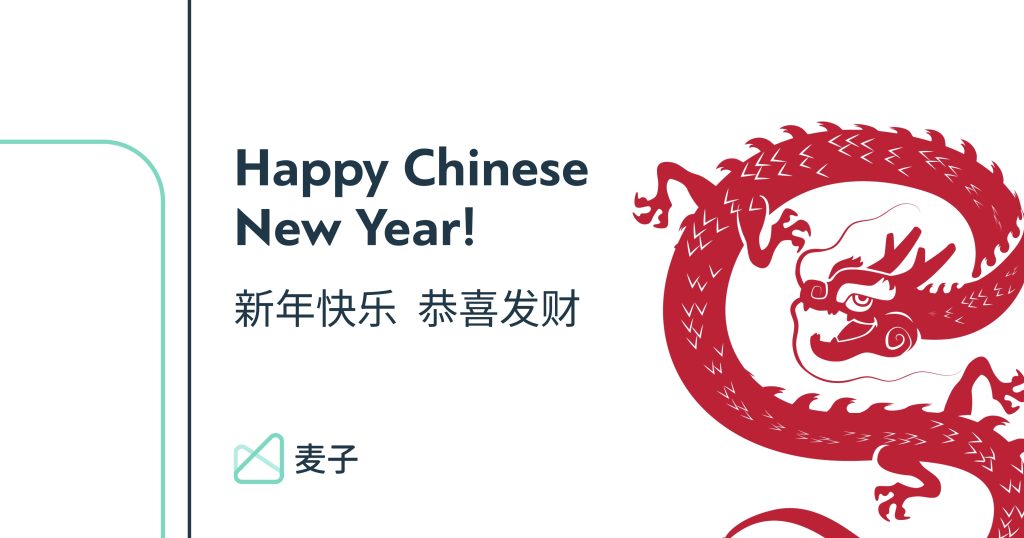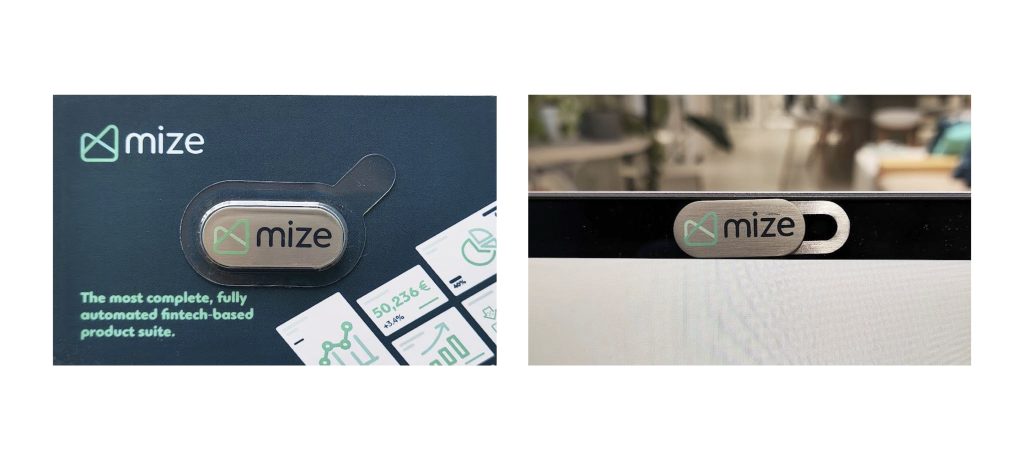Opening Up to New Markets While Maintaining the Brand

Case study of adapting the Mize brand for the East Asia market
Making a cultural adjustment – finding the balance between global and local
The process of growing globally can be very exciting and, at the same time, challenging. Although you are bringing more or less the same products and vision, the way you bring it needs to fit the target audience. A bold example for this localizing process would be the way “Starbucks” localizes their stores and still maintains the overall experience. You can see the adjustments they made specifically for the Japanese market, such as adding matcha latte to the menu, creating classic Japanese visuals for their cups and other merchandise sold in the store. Even the store’s design agenda involves keeping some of the branches with the modern style seen throughout the US and Europe, as well as some branches that are loyal to the authentic Japanese traditional style.
As for digital products, the adjustments should be very gentle due to cultural differences, and even in some cases there is a need for another local app. For example, the famous Twitter platform (now X) is geo-blocked in China, so another microblogging platform called “Sina Wiebo” was created. This cool app looks like a mix between Facebook and Twitter (X) and manages to maintain 586 million monthly active users. According to the Harvard Business Review, localization can be tricky if some features are replaced with local ones and lose their promise and what customers are expecting from the product. Therefore, localization goes much deeper than merely translating content, by adjusting the brand you have to “let go” of some of the company’s assets and features in order to embrace new ones.
Case study: Mize in the East Asia market
Mize is a startup company, a global leader in fintech-based travel products. With over 200 partners using our unique fintech products, we create new extra profit opportunities for the hotel booking industry using our fully automated proprietary technology and have generated revenues for our partners across our entire suite of products.
Mize has more than 200 partners worldwide, spread over LATAM, Europe, India, China and the US. Our products and services can be a great fit for travel companies and online travel agencies – no matter where they are based. In 2023 we burst into the Chinese market and started working with local employees and local clients. Since then, we have been going through the process of adjusting our brand and promise to the Chinese market.
The first steps before you start adapting a technological product for a new territory and markets involve understanding the level of technological knowledge in this market, finding out what they know about this specific technology, what other products they are using, etc. This research is the foundation of this process and needs to be in collaboration with local professionals from the industry who form the bridge between your products and your new audience. Perhaps the biggest question you are trying to find the answer to is: are they ready for it? Well, we can never know for sure if a new audience will react in the same way as the existing clients and the only way is to dive in and start trying. That’s how we did it at Mize.
Name and Logo
First of all, we realized that we had to adjust our logo to Simplified Chinese (instead of English) to catch the attention of the locals, and look familiar rather than foreign or intimidating. Luckily our official logo consists of a mark (icon) and wordmark (text), so we were able to adjust only the text and keep our overall lockup as is. The main challenge with the transition to Chinese was the name itself, weighing up the choice between keeping a name that sounds like “mize” but with a different meaning, or choosing a Chinese word with a closer meaning to optimization, rapid and tech but with a totally different pronunciation.
We had two options:
- 麦泽, pronounced “Mai Ze” means “swamp” or “marsh” in English. The character “泽” refers to a wetland area characterized by soft, muddy ground, abundant water, not to mention marsh which can be related to political terms.
- “麥子” and “麦子”, pronounced “màizi”, with the meaning of wheat seed. Our Chinese colleagues created a narrative with the concept of Mize growing rapidly, like a wheat seed planted by our ancestors, ״Our founders”, growing rapidly and becoming a big company. At first, it was unique and different from anything we had known, but we had to change our mindset and think more locally.
After careful consideration of the matter, we decided to stay as close as possible to the original name and took 麦子, pronounced “Mai-zi”, with the narrative about growth.

Official Website
Following our success with the name challenge, we moved forward with translating our official website and our product materials. We decided to keep the product names in English to keep the same selling points throughout all the different markets. The main changes were found in the overall visuals that changed and created visual overload, the typography changes the overall look with texts of different lengths and spacing, for example. Also, the combination of English product names were striking on the eye and were not incorporated as smoothly as we had hoped. The website is fully functional and working perfectly with our East Asian audience, though for me it’s a bit different from my original vision.

It’s not just about translation
A very small task that we had as part of the process was to translate a banner that forms part of an automatic email users receive after leaving their details on the Contact Us page. I asked one of our Chinese employees to help translate the text that we had in the English version: “Thanks for reaching out!״, for a global audience this phrase is welcoming and enthusiastic. I took the Chinese translation and translated it back to English and this is what I got:
与您相遇是我们的荣幸 = “It’s our honor to meet you”
It felt weird at first to see the difference between the sentences, it took me a while to understand the cultural differences and to understand this might be a better fit for this context, as it’s more formal and more respectful to the reader.

It is so important to be extra careful with these small details, especially when it comes to holidays and specific cultural events. For example, the brand’s existing color palette is not going to fit 100% of the local uses. We designed a greeting for the Chinese New Year intended for our East-Asian clients and we had to make adjustments to the most important Chinese color – red. Normally, there is no red in our design system, although we very rarely use a pink-ish red for errors. So, in this particular case, we added another color, not to mention the use of the dragon symbol, which was also a first.

Cultural differences at business fairs
As part of Mize’s marketing strategy, we participate in various travel industry events around the world. Most events are based on the same idea, a trade show full of travel industry companies in their own booths. After we experienced a few events in the Chinese market we noticed some small nuances that are typical only to the local people. For example, exchanging business cards is not a rushed activity, it is more like a formal ceremony – they hand it to you with both hands as if they were offering some kind of gift. Regarding the merchandise and gifts we give away at these events, one of our favorites worldwide, branded camera covers, didn’t work in China. The local people attending the events rejected it, threatened by the idea of needing to hide something or even worse, to hide from something.

Localizing your brand can be frustrating and confusing, but also an opportunity for growth! It’s definitely an ongoing process that requires patience, attention to detail, and open-mindedness.
If you are going through a similar process or want to try your luck in new markets in the future, keep in mind these basic guidelines:
- The process cannot succeed without local in-house employees: If we didn’t have Chinese speakers within the company, who understand what Mize does and wants to accomplish, the translation process would have been nowhere near as seamless and it would have been difficult to ensure it is culturally fitting.
- Learn to let go: Your brand is most likely not going to look or behave the same way as you know it now, just learn to accept it.
- You don’t have to change 100% of your brand/product/service to fit in the new market, some things can stay as they were and that’s great!
- Enjoy this amazing growth and open the door for new opportunities you hadn’t even thought about before.
祝你好运!
Subscribe to
our newsletter
Yay! You are now
subscribed to our
newsletter
Mize is the leading hotel booking optimization solution in the world. With over 170 partners using our fintech products, Mize creates new extra profit for the hotel booking industry using its fully automated proprietary technology and has generated hundreds of millions of dollars in revenue across its suite of products for its partners. Mize was founded in 2016 with its headquarters in Tel Aviv and offices worldwide.
Related Posts

Travel Niche: What It Is, How to Leverage It, Case Studies & More
14 min. Niche travel is one of the few travel sectors that have maintained their pre-COVID market growth. By catering to specific traveler segments, niche travel developed products around adventure travel, eco-tourism, LGBTQ+ travel, and wellness retreats. Take adventure tourism as only one segment of the niche tourism market. In 2021, it reached 288 billion […]

4 Lessons You Can Learn From the Best Tourism Campaigns
13 min. Businesses in the tourism industry rely heavily on marketing to generate leads and boost conversion rates. Tourism marketing is as old as tourism itself – and it always reflects the destination and service benefits relevant to the current travelers’ needs, wants, and expectations. In other words, tourism campaigns must constantly move forward, and […]

The Vital Role of Market Segmentation in the Tourism Industry
15 min. The tourism industry is an ever-growing and competitive landscape, presenting both challenges and opportunities for businesses operating within it. This is where market segmentation comes in handy. In this blog post, we will discuss what market segmentation is, the importance of market segmentation in the tourism industry, and how online travel agencies can […]
